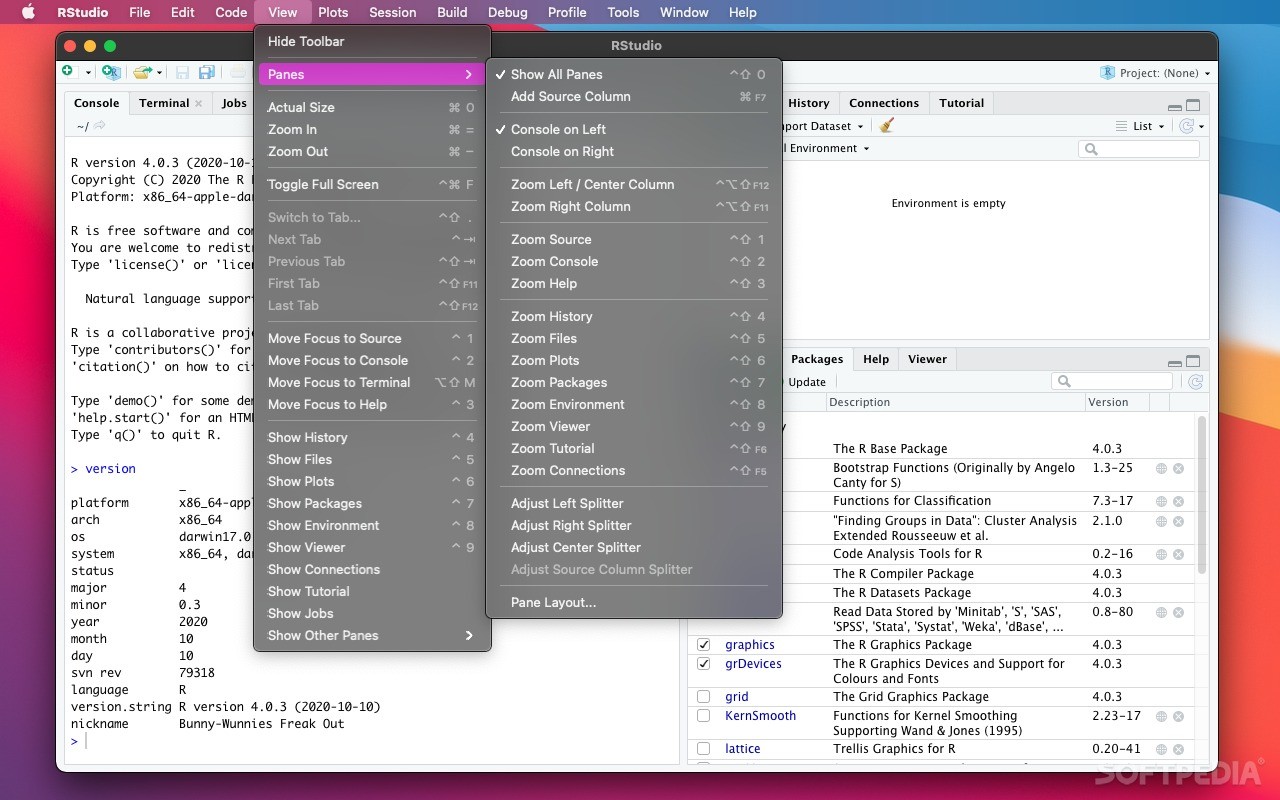


Creating an individualized environment for your project is one command. Whereas in Python, I don't know how things could be any simpler.

Even stuff that seems critically important like reproducible science can be much harder than you'd expect in a lot of fields because questions like "what version of the libraries did you use" has to be answered (if it can be answered at all) by looking at the references in the paper. The scientists I know tend to have incredibly disorganized R code, with a bunch of hard-coded paths and a single global environment in their home directory that all their R packages get installed to. I'm puzzled by this and wonder if you can provide some examples. > acknowledges the shitshow that is the python library/package/environment management It's simply the language of choice where most statisticians publish their code. Especially if you need something more niche, to the point that you'd use any language just to get an implementation of a specific model, you'll find yourself coming back to R more than half the time. The real selling point of R imho aren't the data science tools anyway - for that we already have the amazing Python ecosystem (which also the RStudio guys have tacitly admitted with their rebranding) - but the pure statistics packages. Especially when the creators have a somewhat mixed record regarding long-term commitment vs re-inventing their own wheel. I don't see the need to maximize dependence on third-party libraries as long as the gains are purely "ergonomic".
#Rstudio alternative code
There's something to be said about code that just works out of the box. Maybe not with piping, but that doesn't really save anything if you format it readably. Base R is far from perfect, but for many basic manipulation tasks it works just as fine as tidyverse.


 0 kommentar(er)
0 kommentar(er)
